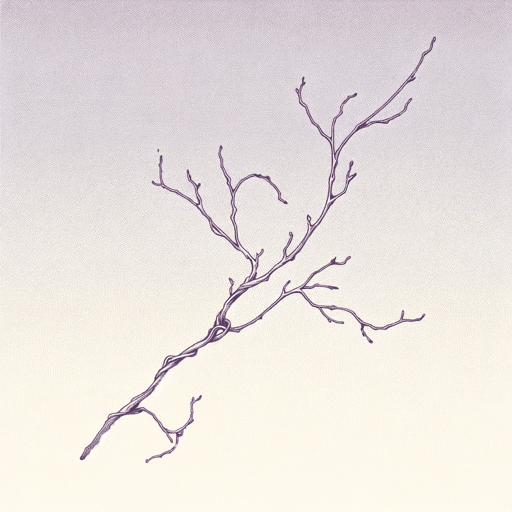18 pages • 36 minutes read
Emily DickinsonThis World is not Conclusion
Fiction | Poem | Adult | Published in 1862A modern alternative to SparkNotes and CliffsNotes, SuperSummary offers high-quality Study Guides with detailed chapter summaries and analysis of major themes, characters, and more.
Literary Devices
Form and Meter
Like many of Dickinson’s poems, “This World is not Conclusion” possesses an inconsistent meter and rhyme scheme. The poem consists of 20 lines of varying syllabic lengths divided into five quatrains (four-line stanzas). While the majority of lines are either six or seven syllables, there are several eight-syllable lines. However, although there is no set pattern, the first and third stanzas follow an alternating pattern of 7-6-7-6 syllables.
The poem also does not consistently use rhyme. Though most of the stanzas follow an ABCB rhyme scheme, the fourth stanza forgoes rhyming altogether. Furthermore, even the stanzas that do adhere to the ABCB rhyme scheme often do so through slant rhymes, or near rhymes. For instance, Dickinson rhymes “beyond” with “Sound” (Lines 2, 4) and “borne” with “shown” (Lines 10, 12).
Alliteration
Alliteration is a recurring literary device throughout “This World is not Conclusion.” Frequently used in poetry, alliteration is the deliberate repetition of a sound at the beginning of two or more words in proximity. This has the effect of linguistically connecting and emphasizing these words, transferring some of the firm stability of the word “stand” to “species” (Line 2) and linking the appealing mystery of the eternal with its unsolvability through the repeating b sound of “beckons” and “baffles” (Line 5).
Related Titles
By Emily Dickinson

A Bird, came down the Walk
Emily Dickinson

A Clock stopped—
Emily Dickinson

A narrow Fellow in the Grass (1096)
Emily Dickinson

Because I Could Not Stop for Death
Emily Dickinson

"Faith" is a fine invention
Emily Dickinson

Fame Is a Fickle Food (1702)
Emily Dickinson

Hope is a strange invention
Emily Dickinson

"Hope" Is the Thing with Feathers
Emily Dickinson

I Can Wade Grief
Emily Dickinson

I Felt a Cleaving in my Mind
Emily Dickinson

I Felt a Funeral, in My Brain
Emily Dickinson

If I Can Stop One Heart from Breaking
Emily Dickinson

If I should die
Emily Dickinson

If you were coming in the fall
Emily Dickinson

I heard a Fly buzz — when I died
Emily Dickinson

I'm Nobody! Who Are You?
Emily Dickinson

Much Madness is divinest Sense—
Emily Dickinson

Success Is Counted Sweetest
Emily Dickinson

Tell all the truth but tell it slant
Emily Dickinson

The Only News I Know
Emily Dickinson
Featured Collections
American Literature
View Collection
Appearance Versus Reality
View Collection
Mortality & Death
View Collection
Religion & Spirituality
View Collection
Romanticism / Romantic Period
View Collection
Romantic Poetry
View Collection
Short Poems
View Collection
Trust & Doubt
View Collection

